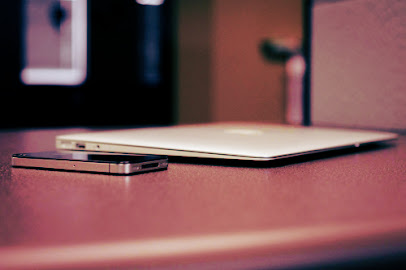Breaking Barriers: Navigating the Path Towards Gender Equality
Introduction:
In recent years, the conversation around gender equality has gained significant momentum, yet there's still much work to be done. From the workplace to politics, education to healthcare, gender disparities persist in various facets of society. This blog aims to delve into the complexities of gender equality, exploring its importance, current challenges, and potential solutions.
1. Understanding Gender Equality:
- Define gender equality and its significance in fostering a fair and just society.
- Discuss the difference between gender equality and gender equity.
- Highlight the benefits of achieving gender equality for individuals and communities.
2. The Global Gender Gap:
- Examine key statistics and data on gender disparities worldwide.
- Explore cultural, societal, and systemic factors contributing to gender inequality.
- Highlight regions or countries making significant strides towards gender equality and those facing persistent challenges.
3. Gender Equality in the Workplace:
- Discuss the gender pay gap and its implications for economic empowerment.
- Examine the underrepresentation of women in leadership positions and strategies for promoting gender diversity.
- Address workplace harassment and discrimination based on gender identity or expression.
4. Empowering Women and Girls:
- Highlight the importance of education in empowering women and girls.
- Explore initiatives and programs aimed at promoting girls' education and gender-sensitive curriculum.
- Discuss the role of mentorship, advocacy, and community support in fostering female leadership and empowerment.
5. Intersectionality and Inclusivity:
- Define intersectionality and its relevance to discussions on gender equality.
- Discuss how race, ethnicity, socioeconomic status, sexual orientation, and other intersecting identities impact experiences of gender inequality.
- Advocate for inclusive approaches to gender equality that address the needs of all individuals, regardless of their backgrounds.
6. Challenging Gender Stereotypes:
- Examine the harmful effects of gender stereotypes on individuals and society.
- Discuss strategies for challenging and dismantling traditional gender norms.
- Highlight the importance of media representation and positive role models in promoting gender equality.
7. Policy and Advocacy:
- Explore legislative efforts and policies aimed at advancing gender equality.
- Discuss the role of advocacy organizations, grassroots movements, and civil society in driving change.
- Highlight successful examples of policy interventions that have contributed to gender equality.
8. Engaging Men and Boys:
- Emphasize the importance of engaging men and boys as allies in the fight for gender equality.
- Discuss initiatives and programs that promote positive masculinity and challenge harmful gender norms.
- Highlight the benefits of promoting gender equality for all genders and the importance of collaborative efforts.
Conclusion:
Achieving gender equality requires a collective effort from individuals, communities, governments, and organizations worldwide. By raising awareness, challenging norms, advocating for policy change, and fostering inclusivity, we can work towards a future where everyone, regardless of gender, has equal rights, opportunities, and dignity. Together, let's break down barriers and pave the way towards a more equitable and just society.



Comments
Post a Comment